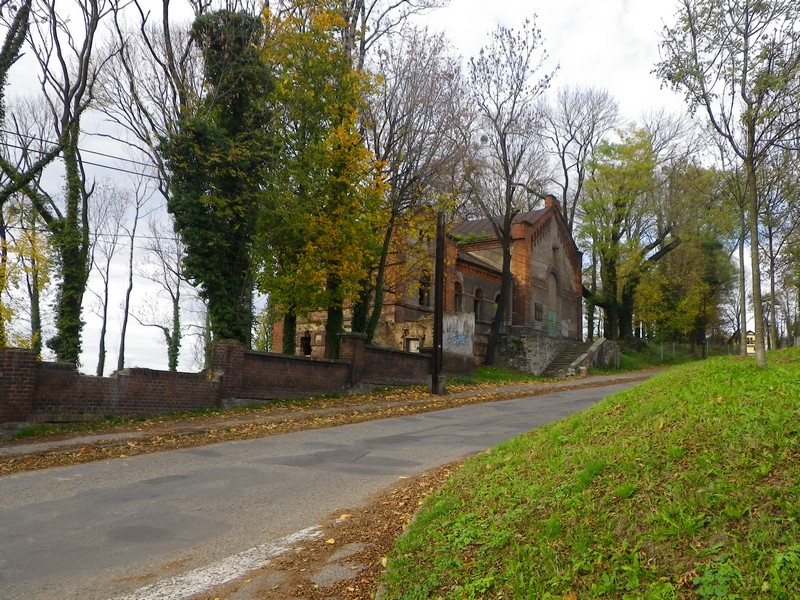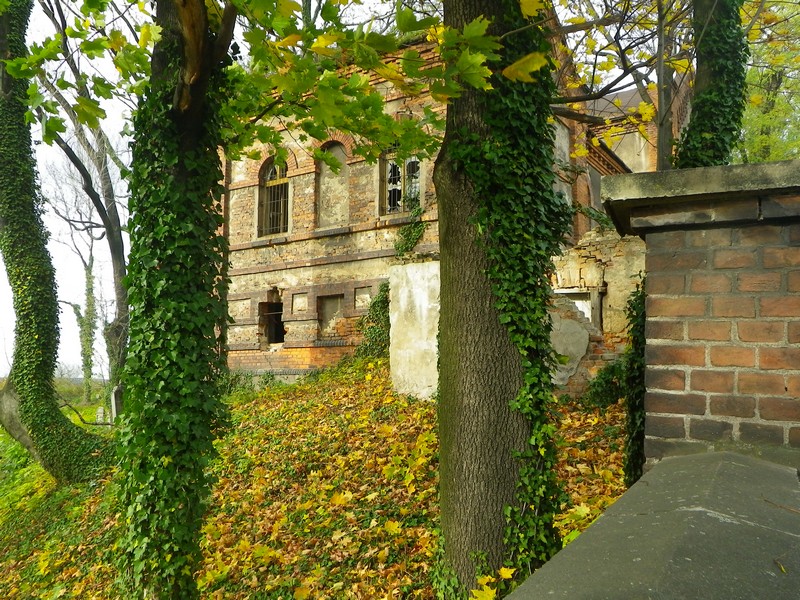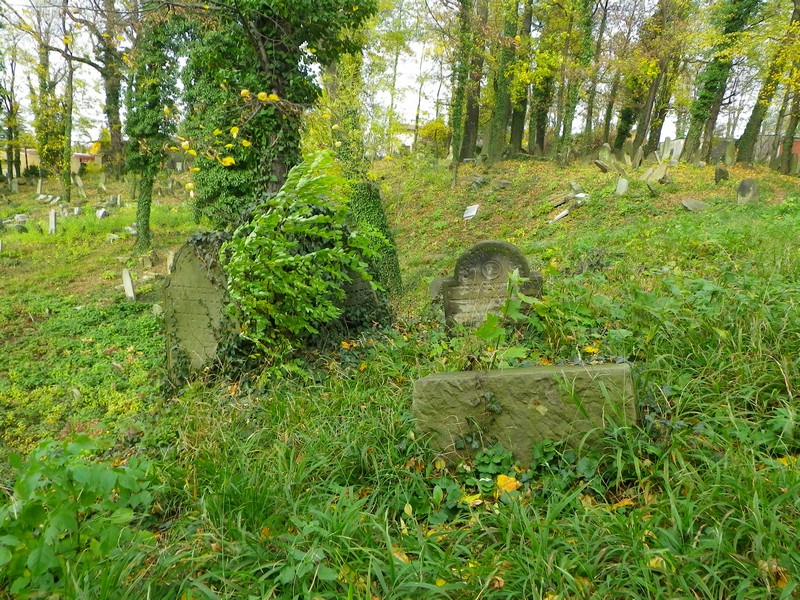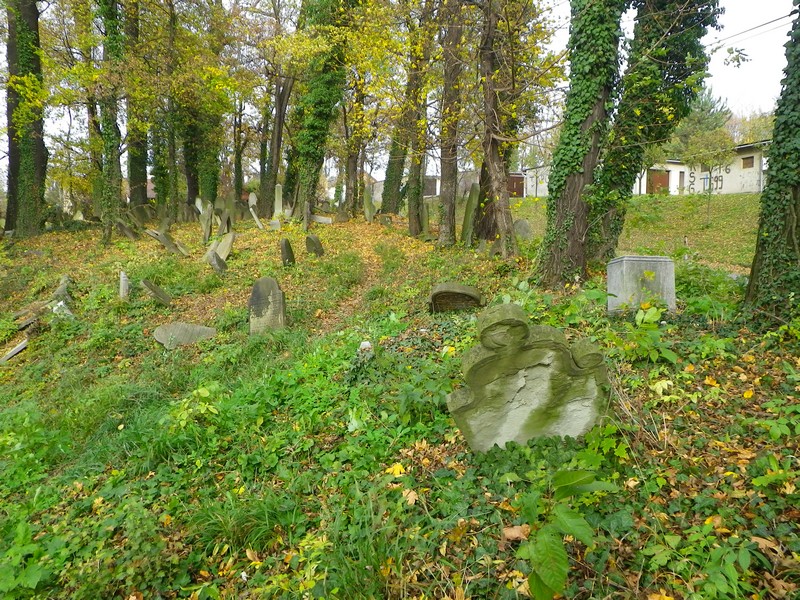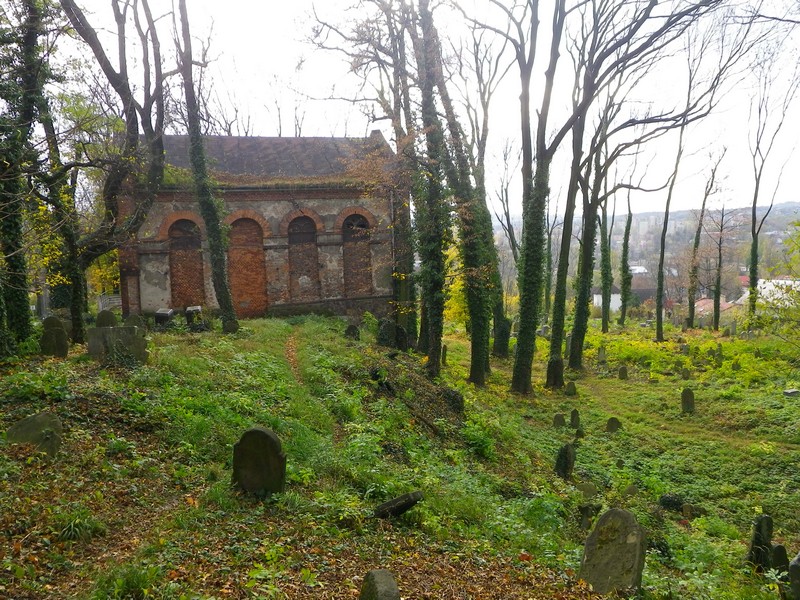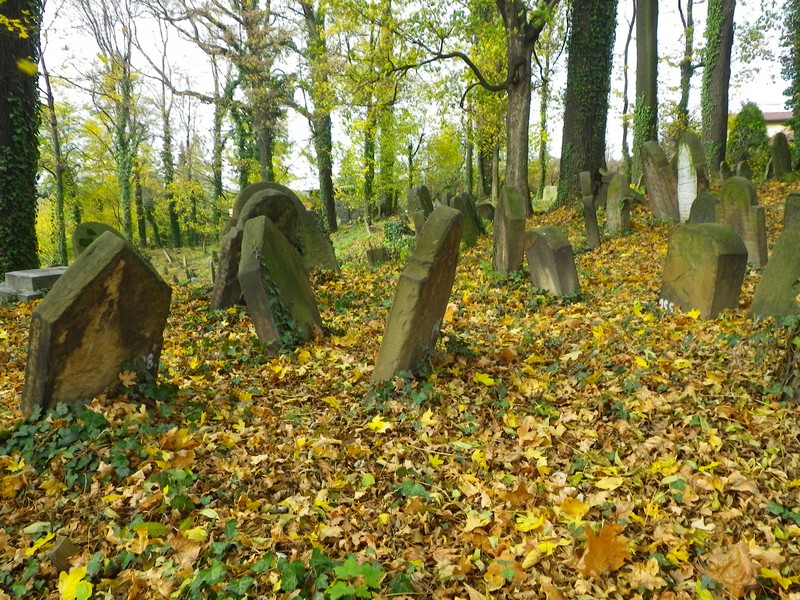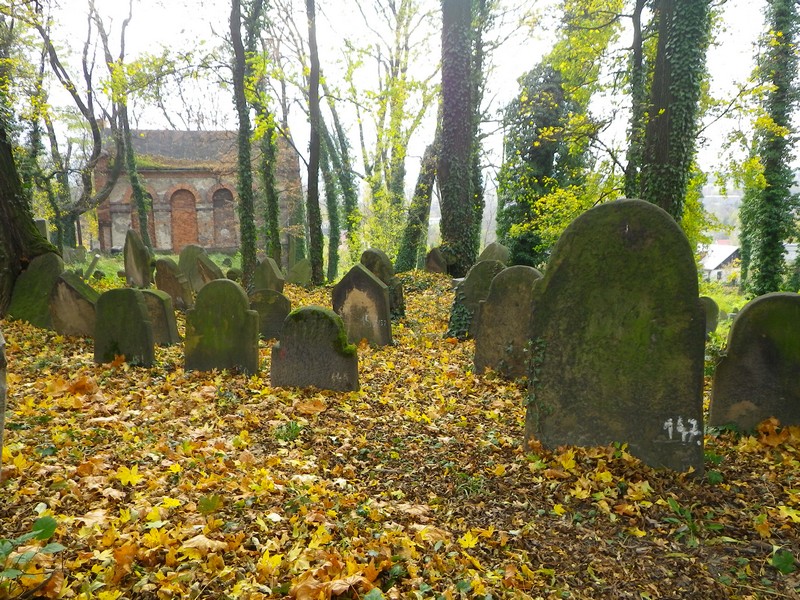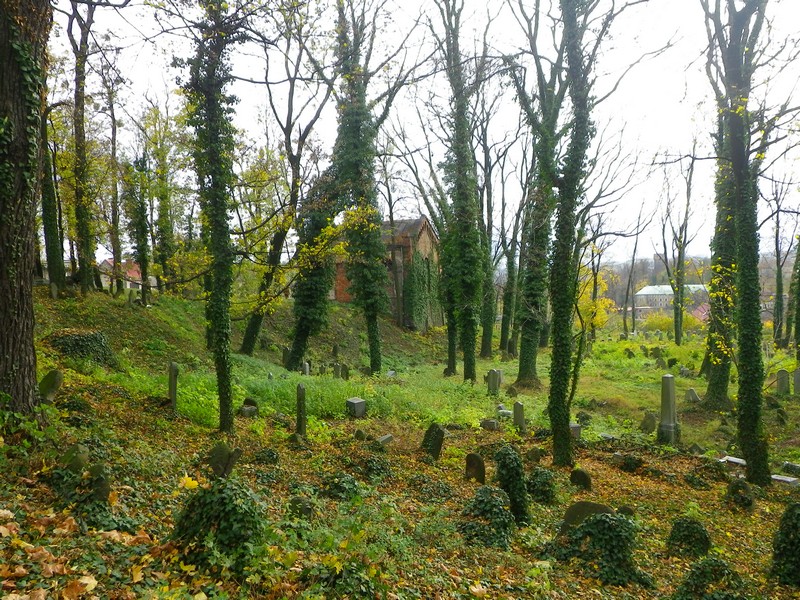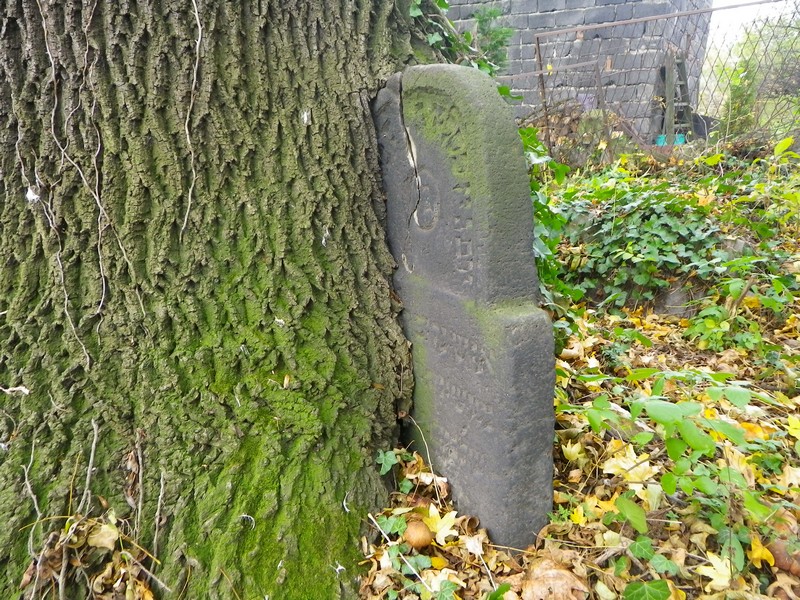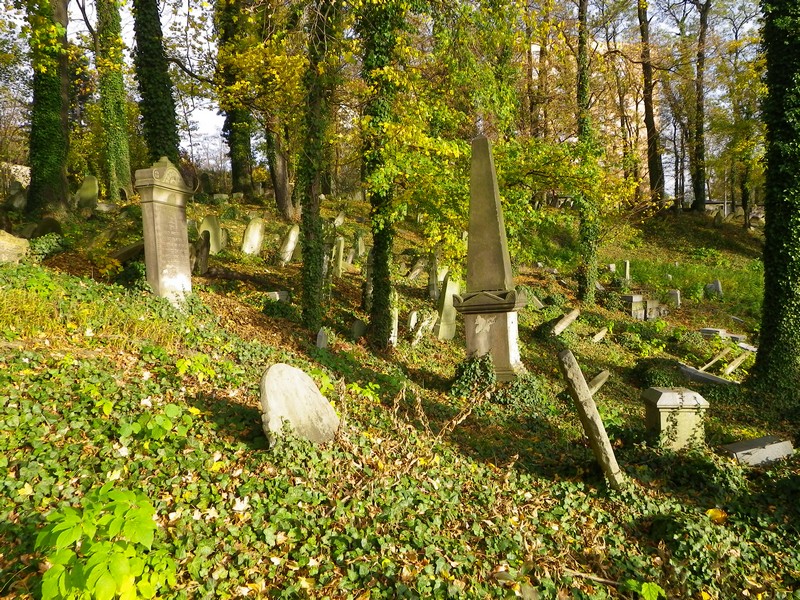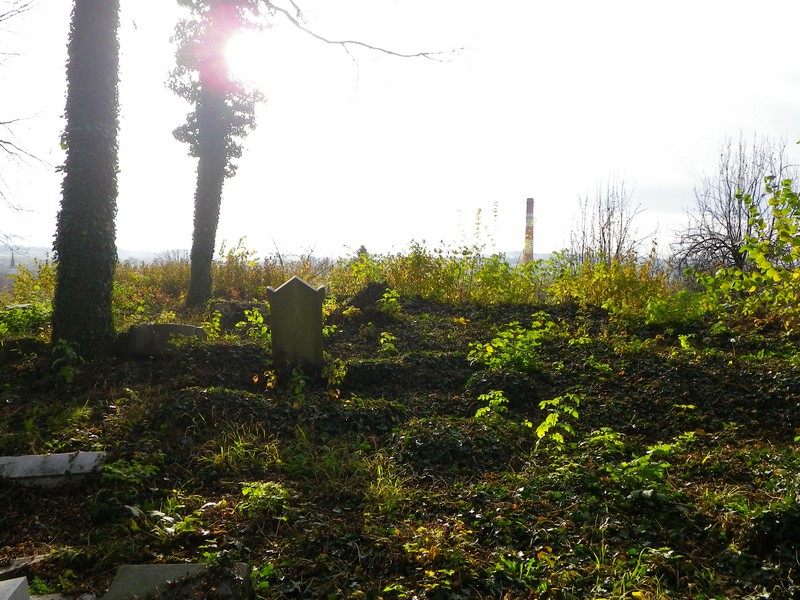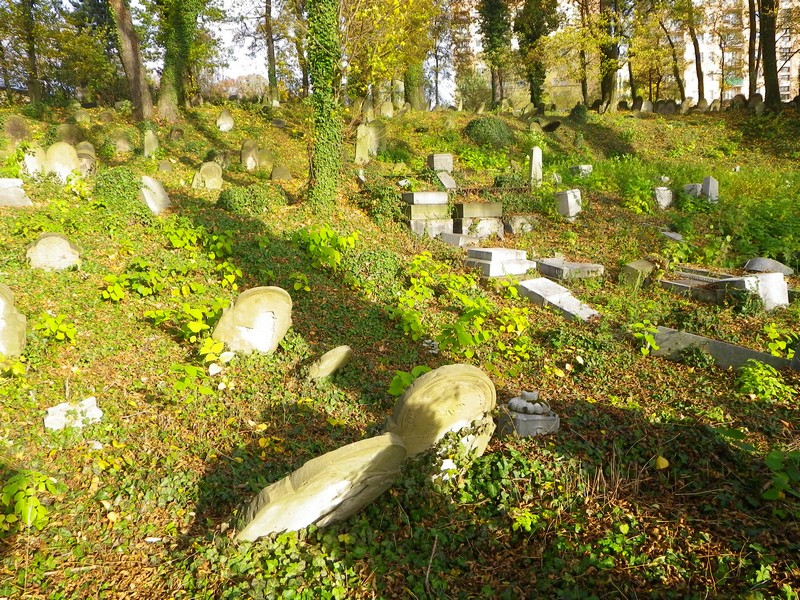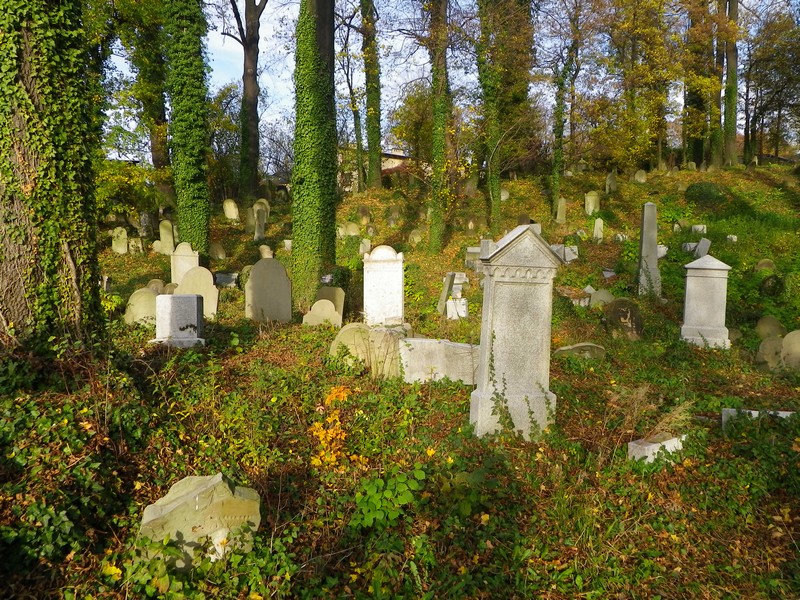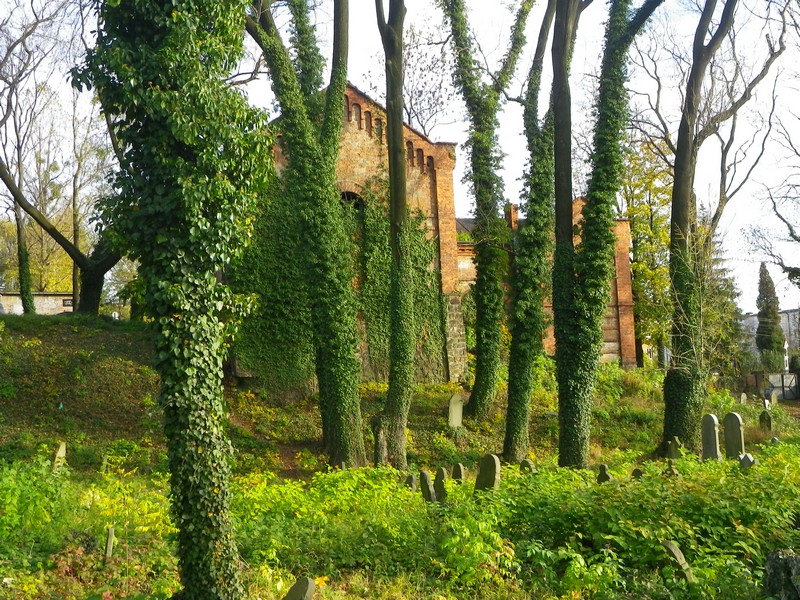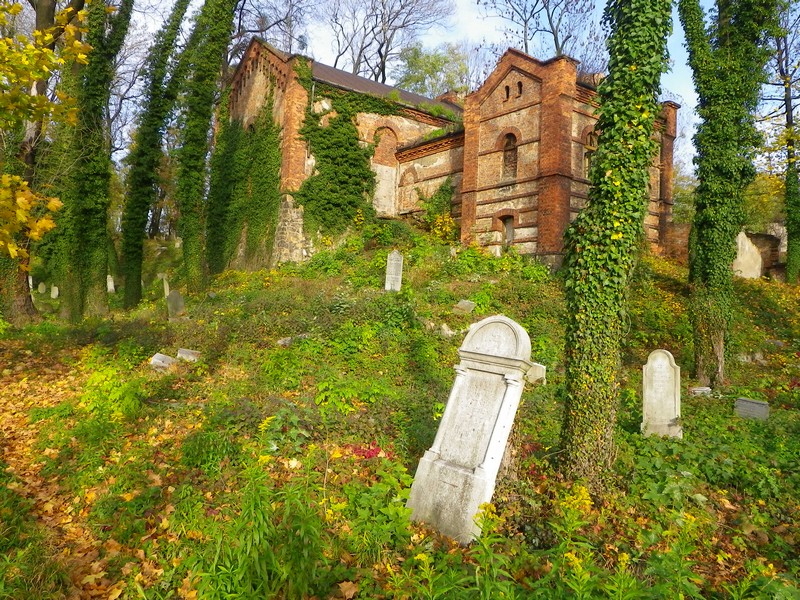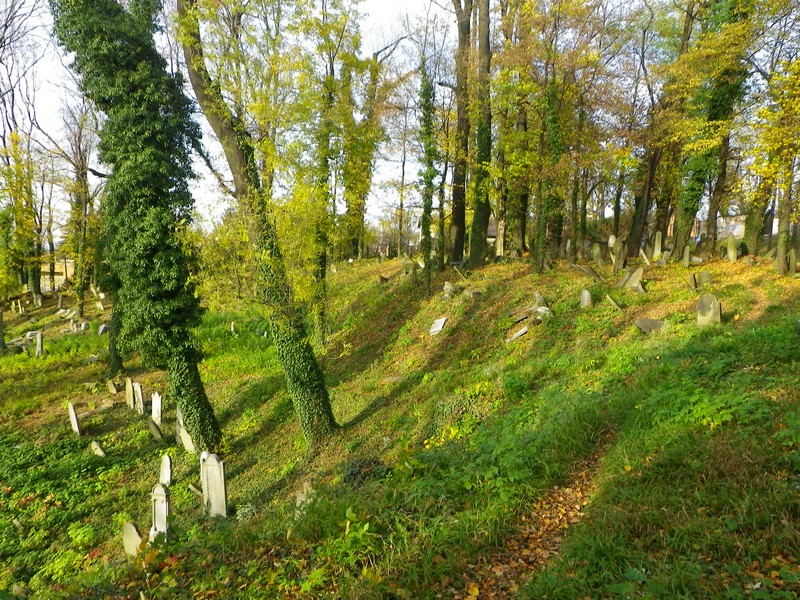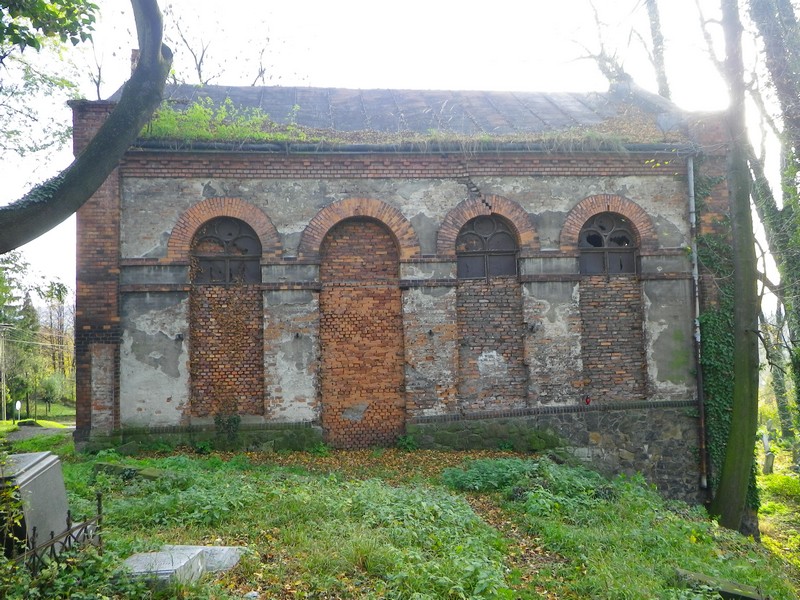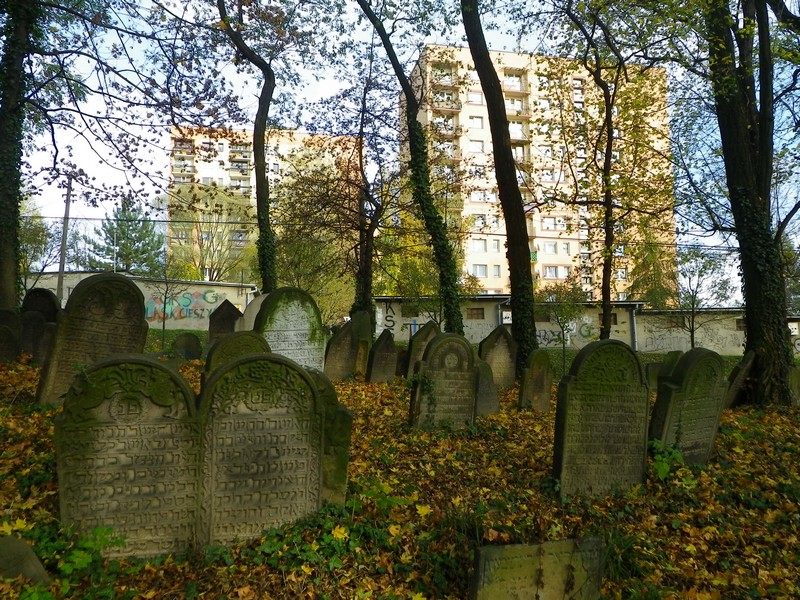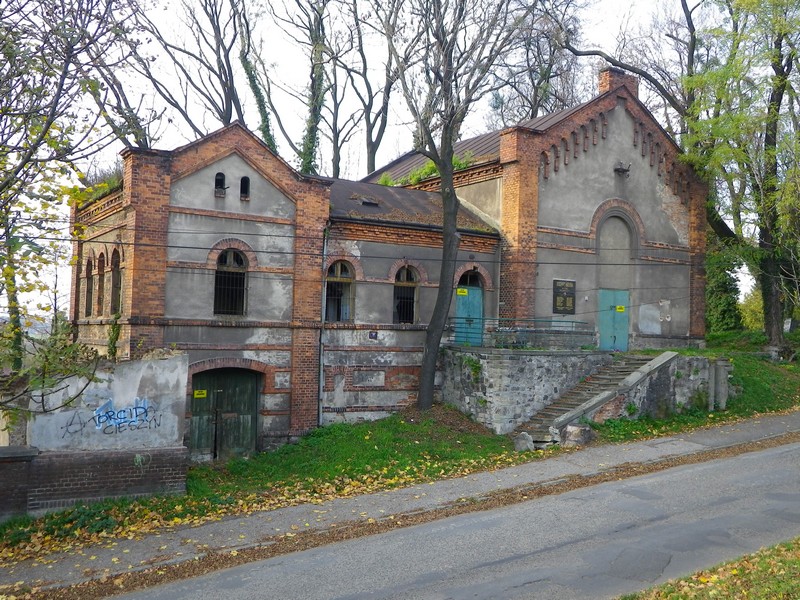 Alternate names: Cieszyn [Pol], Těšín [Cz], Teschen [Ger]. 49°46' N, 18°36' E, in Silesia, on the Polish-Czech border. 20 miles W of Bielsko-Biała, 15 miles E of Ostrava. Jewish population: 1,313 in 1890 and 1,591 in 1921.
Alternate names: Cieszyn [Pol], Těšín [Cz], Teschen [Ger]. 49°46' N, 18°36' E, in Silesia, on the Polish-Czech border. 20 miles W of Bielsko-Biała, 15 miles E of Ostrava. Jewish population: 1,313 in 1890 and 1,591 in 1921.
Jewish Records Indexing - Poland
- Museum of the History of Polish Jews
- Pinkas HaKehilot, Poland, Vol. 3 (1984), pp. 305-308: "Cieszyn".
- Encyclopedia of Jewish Life (2001), p. 261: "Cieszyn".
- Słownik Geograficzny Królestwa Polskiego (1880-1902), I, pp. 696-701: "Cieszyn". The seat of Cieszyn County, Silesian Voivodeship, southern Poland on the Olza River, a tributary of the Oder river, opposite Český Těšín., the town had 36,109 inhabitants in 2004. Situated in the heart of the historical region of Cieszyn Silesia, until 1918, it was a seat of the Duchy of Teschen. In 1920, Cieszyn Silesia was divided between the two newly created states of Poland and Czechoslovakia and the smaller western suburbs of Teschen joined Czechoslovakia as a new town called Český Těšín. The larger part of the town joined to Poland as Cieszyn. With both Polish and Austrian architecture, several major fires and subsequent reconstructions (the last in the late 1700s), the old town is nicknamed Little Vienna. town website in English. detailed town history and government information.[April 2009]
MASS GRAVE: In the old cemetery in April 1945, the Gestapo executed 81 hostages including 18 Czechoslovaks. After the war, the bodies were moved to a mass grave at the municipal cemetery in Cieszyn. photos. [April 2009]
CEMETERY: ] Cemetery photos [May 2006] photos. [Mar 2014]
Two Jewish cemeteries both located at ul. Hażlaskiej on a hill called Winogradem and also used by surrounding villages. Since 1966, the Congregation in Bielsko-Biala had theoretical ownership, but rapid devastation of the cemetery included old marble gravestones used for construction purposes or refashioned into Christian gravestones and sandstone matzevot deterioration exacerbated the high salinity of the soil. The mortuary house was renovated in 1972 - 1973, then rented as stores. In 1986, the cemetery was placed on the register of monuments. After the 1989, Jewish Community in Bielsko-Biala tries to preserve and repair the cemetery. Recent development threatens the brick wall.
New Cemetery: gate photo. photos. The new cemetery land was purchased by the Jewish community in 1785. In 1820, this cemetery was built for a hospital for poor Jews and in1830 was surrounded by a brick wall. In the mid-19th century, the existing mortuary (pre-burial house) and the stables and caretaker dwelling were built as a gift of Emanuel A. Ziffer, born in Cieszyn and a railway specialist from Austria. He dedicated it to the memory of his parents. In 1890, the site reached 0.817 hectares. In 1907, land in close proximity to the old new cemetery was put into use. After putting a new cemetery in the old Jewish cemetery, burials still took place in this one. The last known burial was that of Dr. Walter Schramek, who died in 1928. The new cemetery was closed by the German occupiers in 1939 and confiscated in 1941. In March 1943, the cemeteries were to be turned in parks because "local Jews will no longer use it" but the order was not carried out. The cemetery survived occupation in good condition. photos. [April 2009]
Jewish Journal article. [Mar 2014]
Old Cemetery: photos. photo. photos. ulica Hazlaska, 500 tombstones. The oldest is 1686. [Source?]
Wikipedia cemetery page with history and photos. Video walking tour. [Mar 2014]
The old cemetery was founded in 1647 as the family burial ground of Jacub Singer. In 1631 he made a contract with Princess Elizabeth Lukrecja to lease the land. April 23, 1647 taxes were assessed and extensive privileges granted such as freedom for Judaism and agreement fir a family cemetery for the dead Singer. Before World War II, some historians asserted that gravestones at the old cemetery dated from 1362, but that is unconfirmed. That year, Jacub Singer purchased the site called "Winogradach" from burgher Johan Kraus, the nucleus of today's cemetery. Jakub Singer was the first burial. After the release of Charles VI Edicts of Tolerance in 1713, an influx of Jews into the city followed. In 1715 a fragment of land, together with the house of Johann Faber, and in 1723 a piece of Zuzanna Berisch's field were added. The oldest surviving tombstones were from 1686. That of Jacub Singer did not surive. On March 31, 1785 Moses Hirschel Singer sold the cemetery for 900 florins to the 88 Jewish families in Cieszyn. The cemetery was enlarged continuously. In 1802 a plot was acquired from Płoszka Paul and in 1836 the quarry area. Since then, the cemetery remained the size seen today; however, other sources claim it was enlarged in in 1898 on land purchased from Andrew Folwarcznego with an earlier city permit on the new cemetery section developed in 1900. Local protests delayed completion until 1906. The establishment of the cemetery is associated with a Jewish president, Jan Glesingera, who was also one of the first people buried there (1909, his family tomb still preserved). A plan for the new cemetery section was made by builder Alojzy Jedek, but finally designed by architect Jakob Gartner from Vienna. The mortuary house was built in the center of the cemetery at the southern edge of the 1.14 ha cemetery office building and the morgue. The wall had a gate with attractive Stars of David and opened 25 June 1907. Since then, only sporadic use was made of the Old Cemetery. In the 1913, a piece of adjacent land was bought for future expansion of the cemetery. The last burial took place in 1961 (Edward Weber). Supposedly 1,576 graves exist. In 1997-1999 Edward J. Phillips, an American Jew from Minneapolis MN, and Tadeusz J. Dordy, a Protestant from Cieszyn residing in California, wanted to renovate the cemetery entrance. Unfortunately, the funeral home was able to prevent restoration of the original appearance, leaving only the front wall of the building as a so-called "permanent ruin." [April 2009]
Photos courtesy This email address is being protected from spambots. You need JavaScript enabled to view it. [2013]

